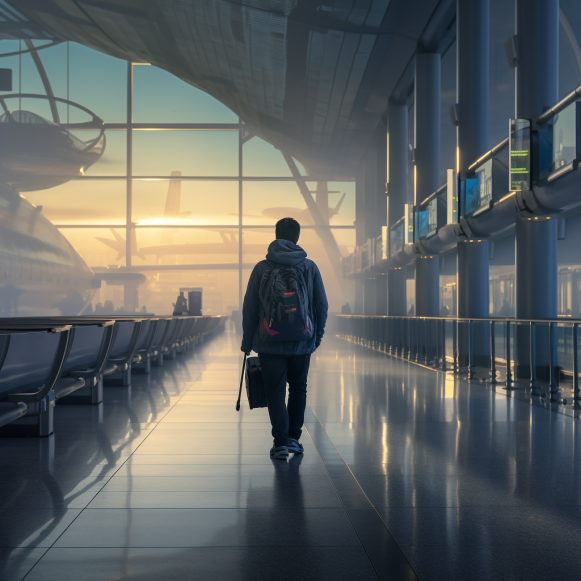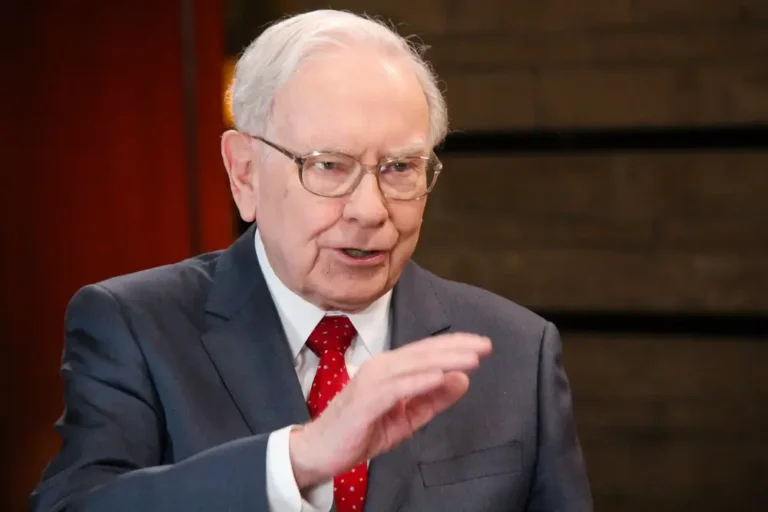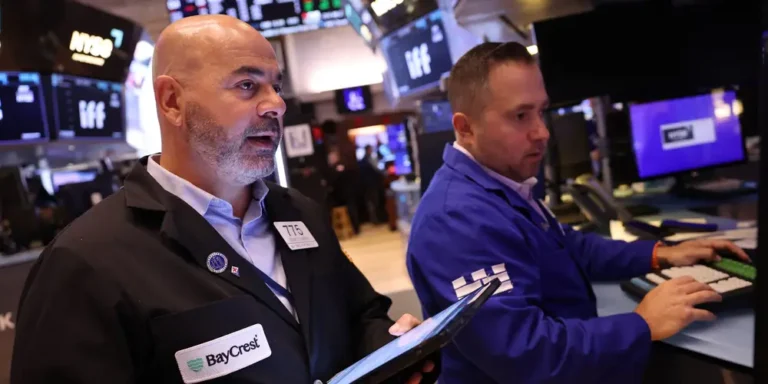Will business travel to the Bay Area bounce back to pre-COVID levels? Maybe not

COVID-led changes may be permanent
Prior to the pandemic, Oakland attorney Bryan Schwartz took three to four business trips per month on planes. He now takes that many business trips in a single year.
Some events and hearings are more effective in person, and jury trials require courtrooms. However, taking to the skies for a simple one-hour meeting, which was once routine for Schwartz, is no longer on the agenda.
“One of the best silver linings coming out of the whole global nightmare of COVID was just that we have other ways to do business now, and for most of the work that lawyers do, though we never knew it before, we can do it from home or from our desk in the office,” Schwartz said.
Businesses of all sizes in the United States have reduced their spending on out-of-town trips. According to Stanford University economics professor Nicholas Bloom, research he conducted with the Federal Reserve Bank of Atlanta revealed that as of May, business air travel costs were up only 1% over 2019. “That is a real fall,” Bloom said, given total inflation of 20% over the past four years.
“Firms are eliminating short trips in favor of Zoom,” Bloom explained.
The hospitality industry, particularly restaurants and hotels, has seen the most dramatic effects of the drop in business travel. According to Abby Raisz, senior research manager at the Bay Area Council, a hotel’s success is generally measured by revenue per room, a calculation based on occupancy and price, and San Francisco has the worst revenue per room in the country, followed by the San Jose metropolitan area, which includes Santa Clara and Sunnyvale.
Hotel reservations in San Jose are down about 20% from before the pandemic, and restaurant reservations are slightly worse, according to Seaver.
According to Visit San Jose, an economic development group, events at San Jose’s McEnery Convention Center drew only 190,000 attendees in the previous fiscal year, 62% fewer than the half-million who attended the year before the pandemic. Annual technology conferences that used to fill the center “have either ceased to exist or have remained completely virtual as work patterns and priorities have shifted significantly,” according to spokeswoman Frances Wong.
Wong said that the drop in business events has forced the group to “fill gaps on the convention calendar” by attracting new types of customers, such as the U.S. Gymnastics Championships, which took place in the convention and SAP centers in August.
In terms of air travel, San Jose Mineta International Airport ranked last among major U.S. airports, with a 22% decrease in flights from April 2019 to April 2023, according to Raisz. Flights at San Francisco International Airport fell 16%, while those at Oakland International Airport fell 18%. While the data from the U.S. Bureau of Transportation Statistics does not differentiate between business and leisure travel, San Francisco’s airport sees more leisure trips, and it appears that the drop at San Jose’s airport was significantly driven by reduced business travel, according to Raisz. It’s unclear how much of Oakland’s drop was due to reduced business travel, she adds.
Ann Garcia, a financial advisor from Portland, was used to flying into San Jose for conferences and finding terminals packed with tech workers dressed in company swag when she arrived earlier this year. “It’s crazy — it’s so empty,” she commented. She thought to herself, “I could go bowling in here.”
Nonetheless, business travel appears to be gradually increasing, according to Raisz. “We’re coming from an extreme deficit,” she explained. “It’s difficult to predict how long it will take to get out of this hole.”
According to Anis Uzzaman, CEO of San Jose venture capital firm Pegasus Tech Ventures, out-of-area startups are helping to boost business travel to the Bay Area as founders seek funding from Silicon Valley investors. His company hosted a regional Startup World Cup competition at the Computer History Museum in Mountain View earlier this month, attracting 600 entrepreneurs, investors, and tech workers, including 100 from outside the Bay Area.
For Uzzaman, face-to-face interactions are critical to the way he and his company conduct business. “It is back to normal for me and most of my company,” Uzzaman said, adding that he travels to Asia for a week once a month. Getting people to commit to deals worth tens of millions of dollars, he says, requires a level of trust that cannot be easily built through video. “It’s very difficult to have that commitment if you don’t meet a CEO face to face and have that handshake,” he said.
Derrick Seaver, the CEO of the San Jose Chamber of Commerce until Thursday, believes business travel to the Bay Area will continue to rise — to a point. “The COVID years,” he explained, “changed things.”
The extent to which remote work is replacing business travel is “very industry-specific,” according to Seaver. According to Seaver, independent consultants and people in the legal and financial services fields are increasingly avoiding business travel.
However, post-pandemic changes to business travel vary across industries. While Oakland attorney Schwartz vowed never to return to frequent travel, San Francisco attorney Malcolm Heinicke said he has mostly resumed his business travel patterns in order to build and maintain internal relationships, serve clients, and mentor staff.
However, courts have discovered the benefits of handling short hearings and administrative matters remotely, and Heinicke’s company can save clients money by using technology instead of traveling, he said. “The pandemic caused some technological change or really technological acceptance that will have some impact on travel in the future,” Heinicke explained. Schwartz, a married father of two children aged 9 and 15, also noted cost savings from reduced travel. “It’s such a blessing,” he says, “not having to leave my family and have all that exhaustion.”






